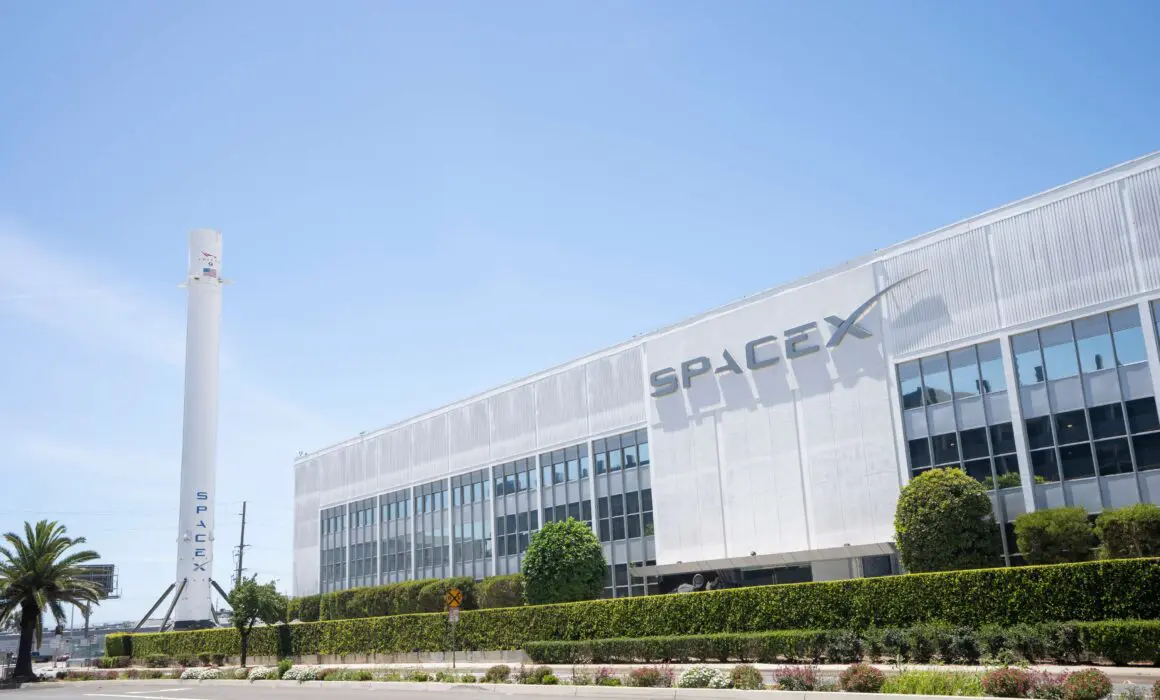Keeping it Human

Professor Wendy Ju studies ways to design autonomous machines that understand us
Videos of Professor Wendy Ju’s experiments look like Candid Camera outtakes. In “The Ottoman Experiment,” a normal-looking ottoman travels on its own across the room and stops in front of unsuspecting student subjects. And just like subjects on the 1960s hidden-camera TV show, their reactions are amusing: Some put up their feet; others pet it like a dog, and others look very confused. But that’s the crux of Ju’s work.
Her experiments in interaction design research aim to better understand human–robot interaction to help industry design and perfect autonomous vehicles and other machines. “The kind of work we do…brings up questions that you might not have thought of before,” said Ju, assistant professor of information science at the Joan & Irwin Jacobs Technion-Cornell Institute at Cornell Tech and a faculty member at the Technion in Haifa. A partnership between the Technion and Cornell University, the Jacobs Institute is an innovative graduate program focused on bringing research to commercial applications through the collaboration of academia and industry.
Prof. Ju is using such questions to help automakers working on driverless cars. Before you step into the street while crossing an intersection, you usually make eye contact with the driver of the stopped car. Or so you think. Actually, most pedestrians look at the wheels and the bumpers of the car — not the driver, a fact revealed by “Ghost Driver,” another of Prof. Ju’s experiments. How pedestrians interact with a machine that doesn’t have a human at its helm is essential to understanding how to design such vehicles.
“When we see the patterns of behavior around how people interact with machines, it helps to narrow what could happen and what is expected to happen. Machines need to be able to pick up on the range of things that people do and what the variations are,”
Prof. Ju holds a master’s from MIT and a Ph.D. from Stanford, and has worked with companies including Ford, Nissan, Renault, and Bosch.
The technology behind autonomous cars is similar to the automated flight systems used in airplanes. But people have been trained to use those systems. “People walking the street have not taken special training to interact with driverless cars,” she said. “We are looking for what people naturally do before we design.”
That will prove very important when it comes to driverless cars, which will have to make life-or-death decisions. And this doesn’t apply to just cars. Robots alert staff to supermarket spills; trash cans tie their own bags; your local McDonald’s may soon have robots “manning” the drive-through. And during a global pandemic, the benefits of food delivery robots are enormous, though much work remains to be done, as Prof. Ju said in a recent Slate article.
But designers haven’t always considered how humans will respond to these automatons, or vice versa. Prof. Ju thinks the questions her research raises will make autonomous machines of the future more effective and safer, too.




